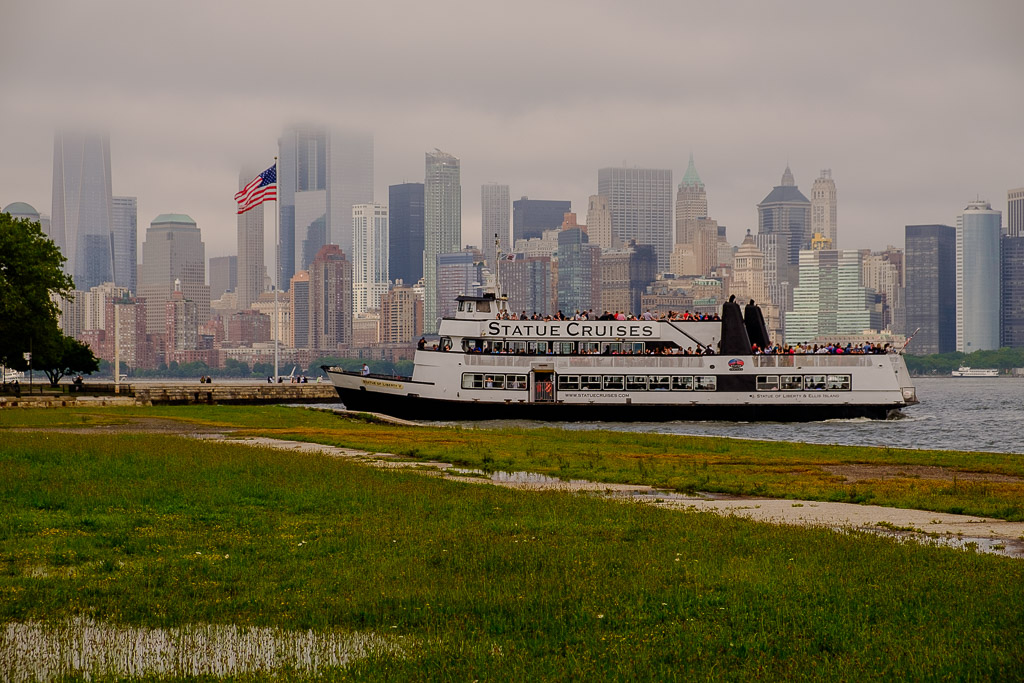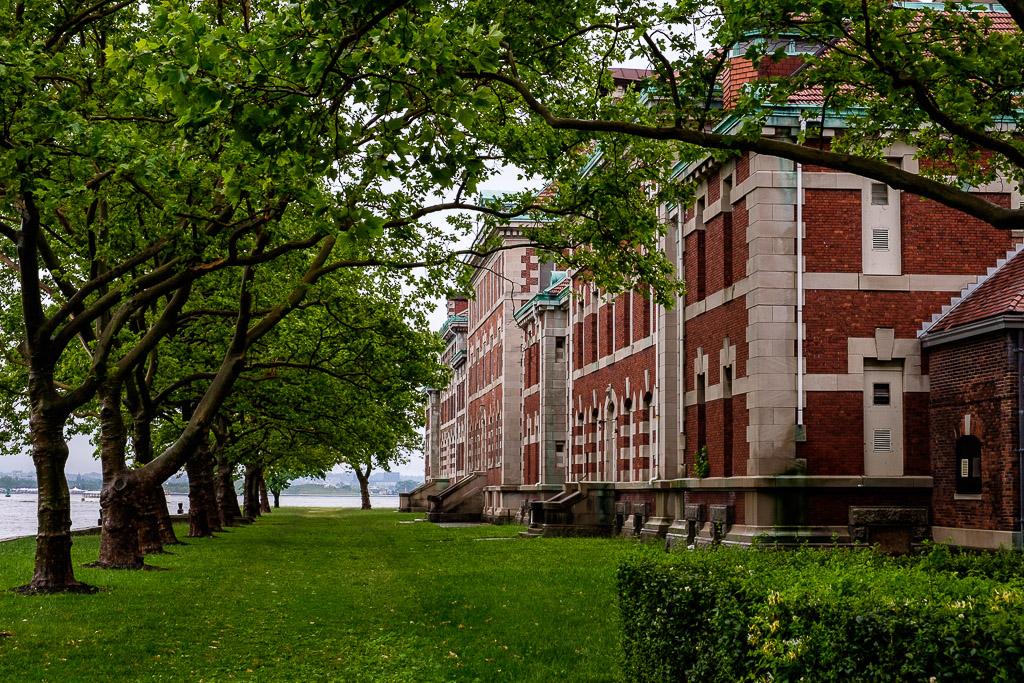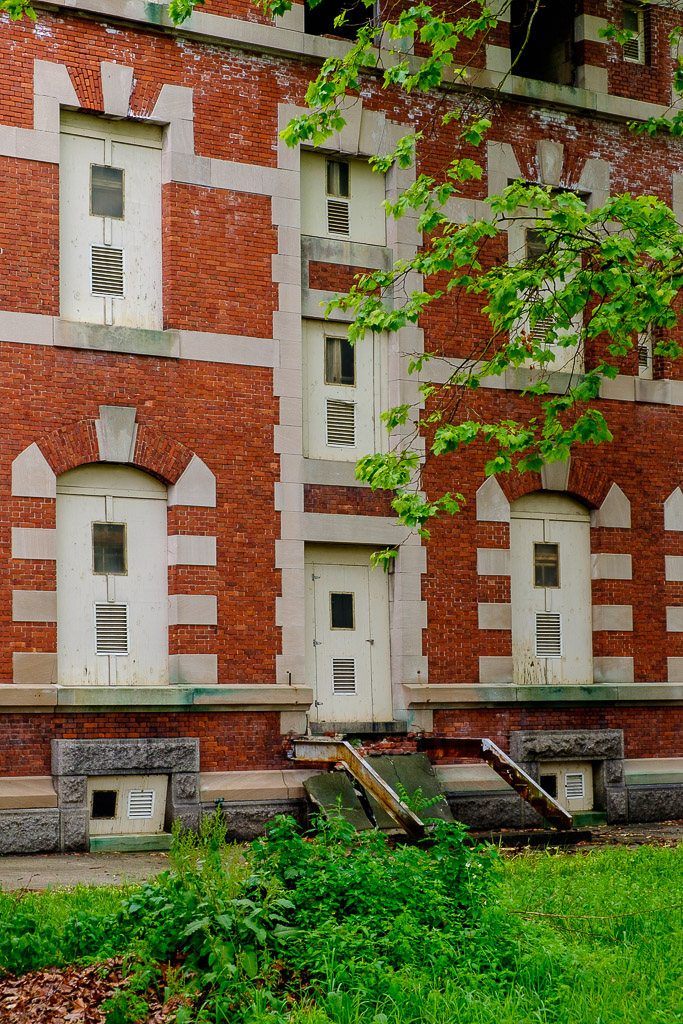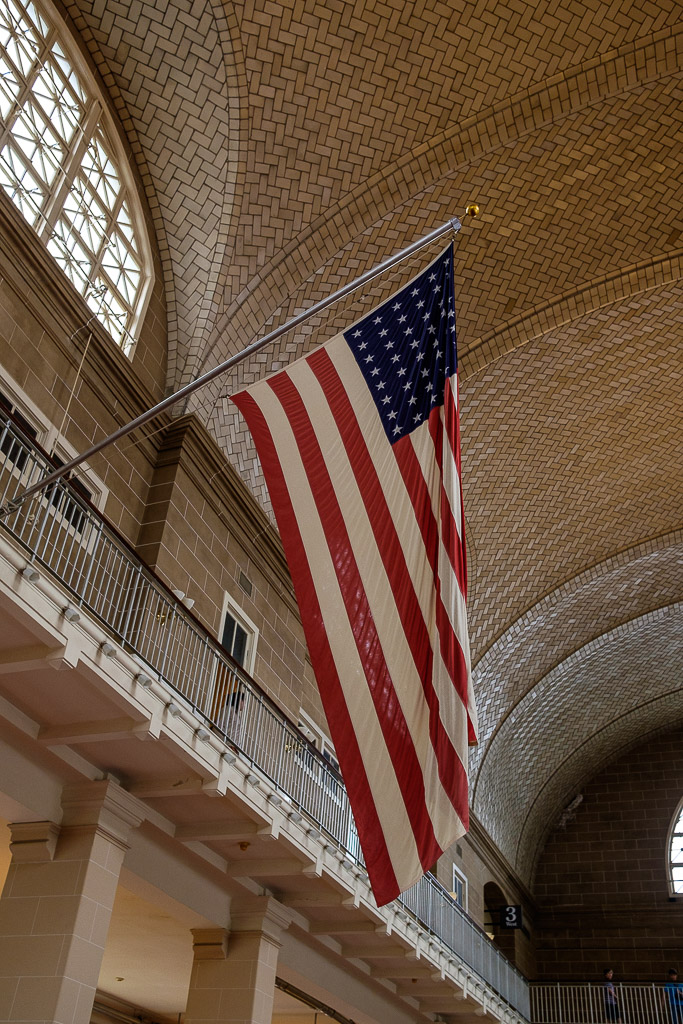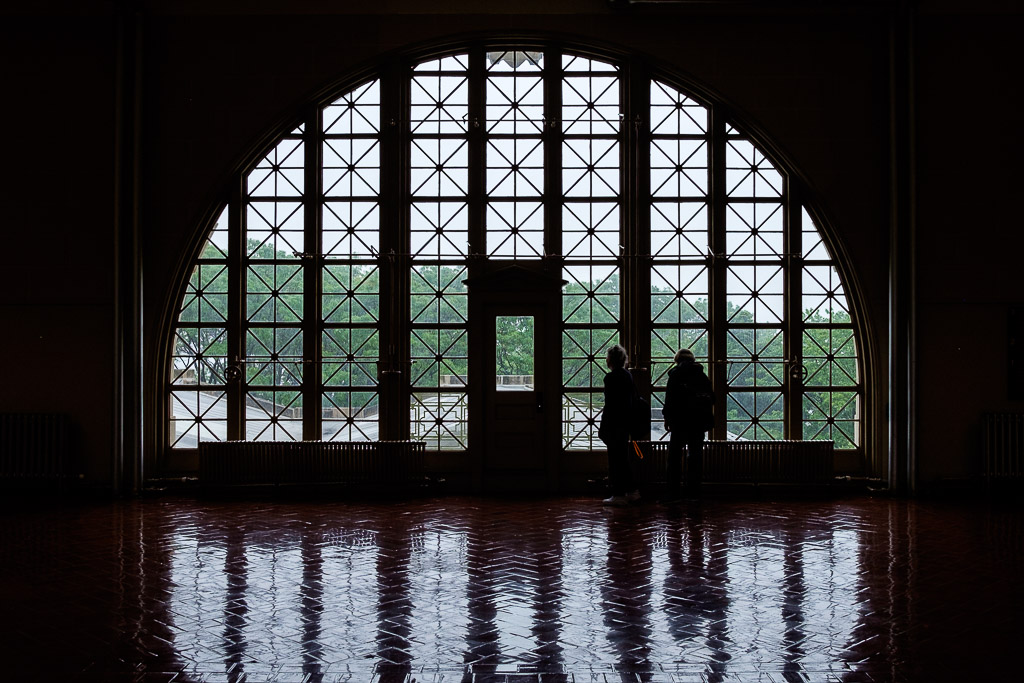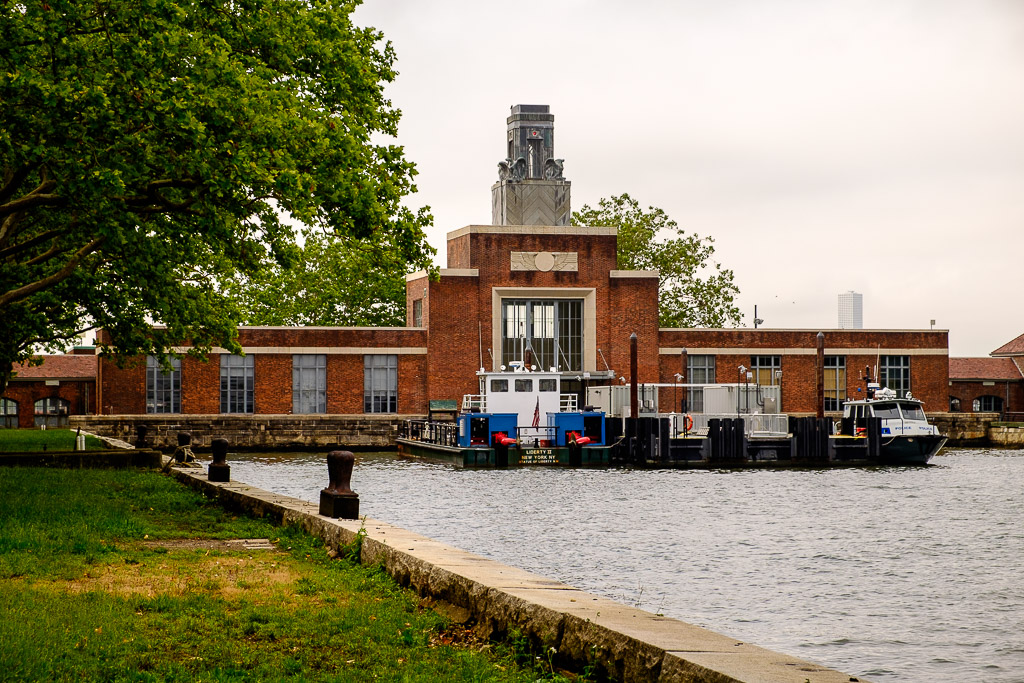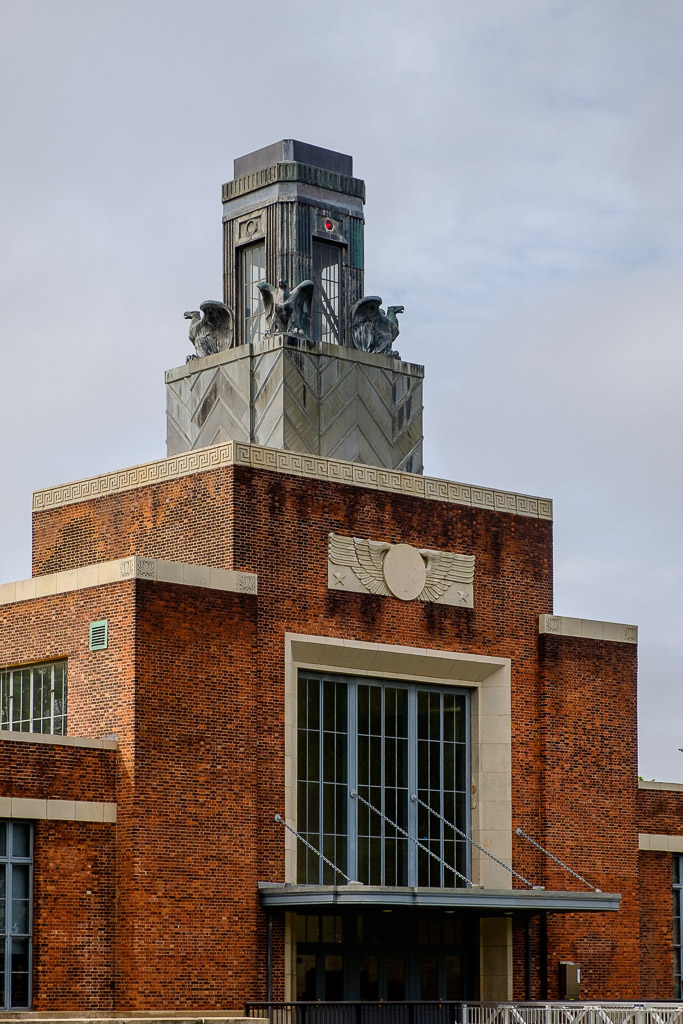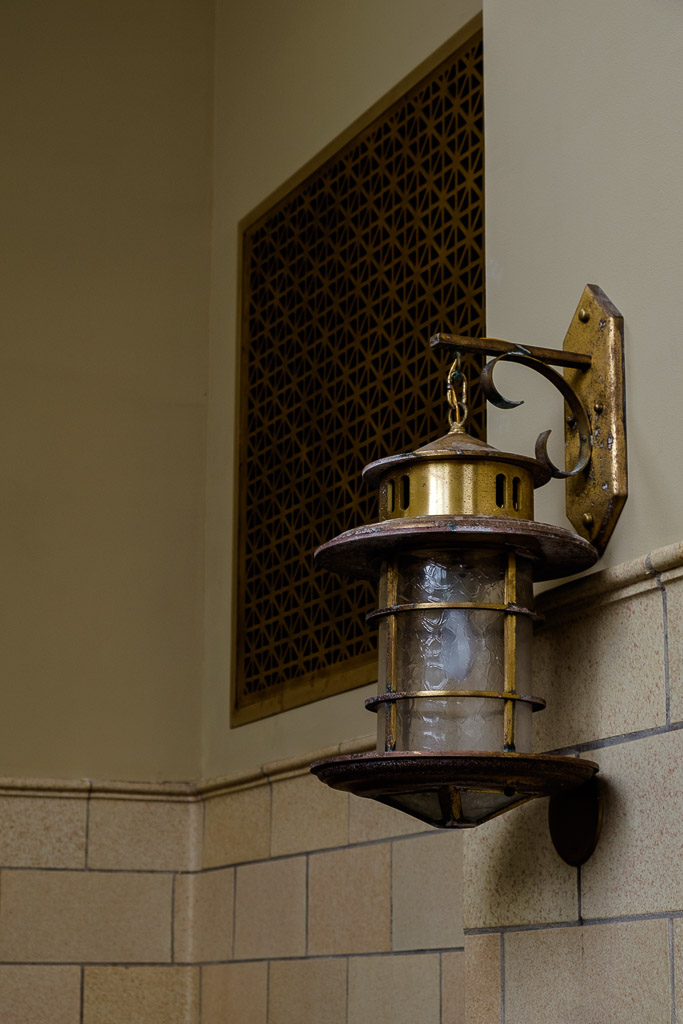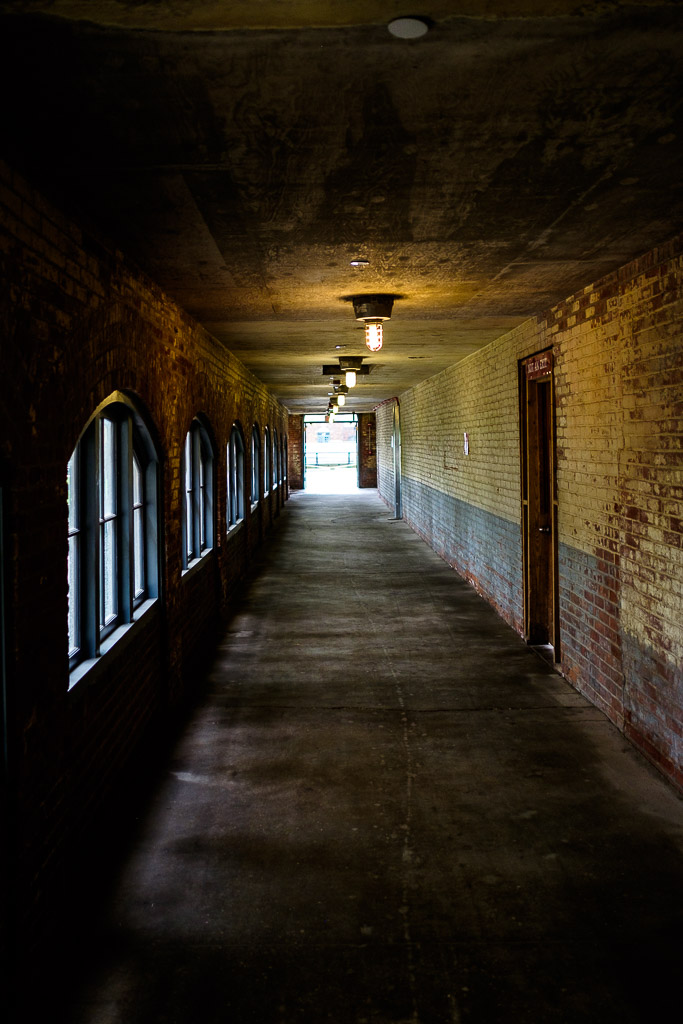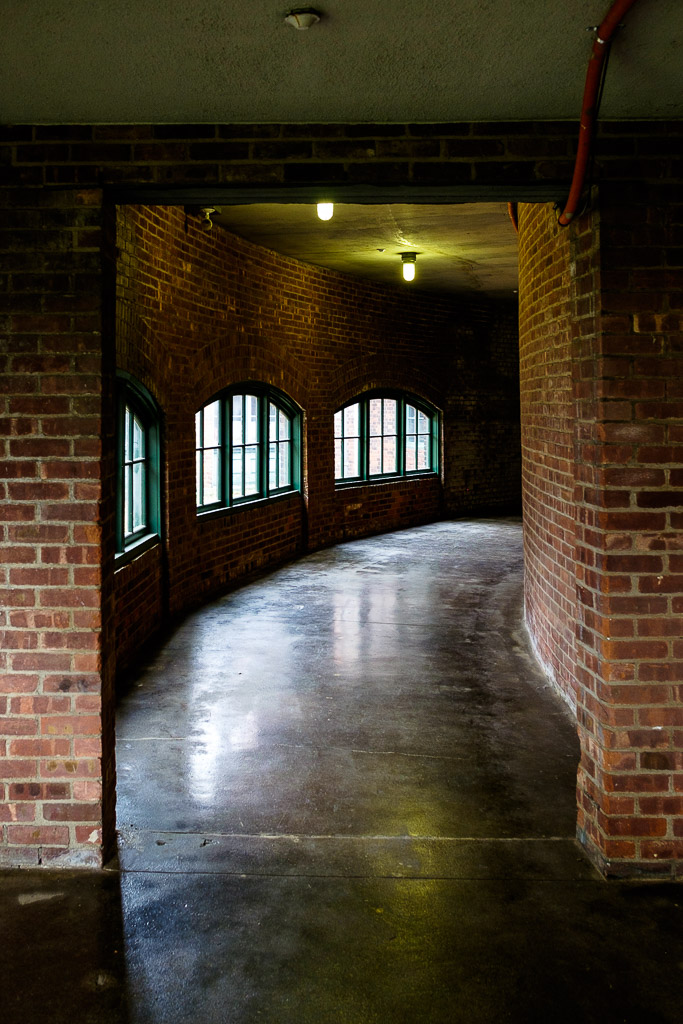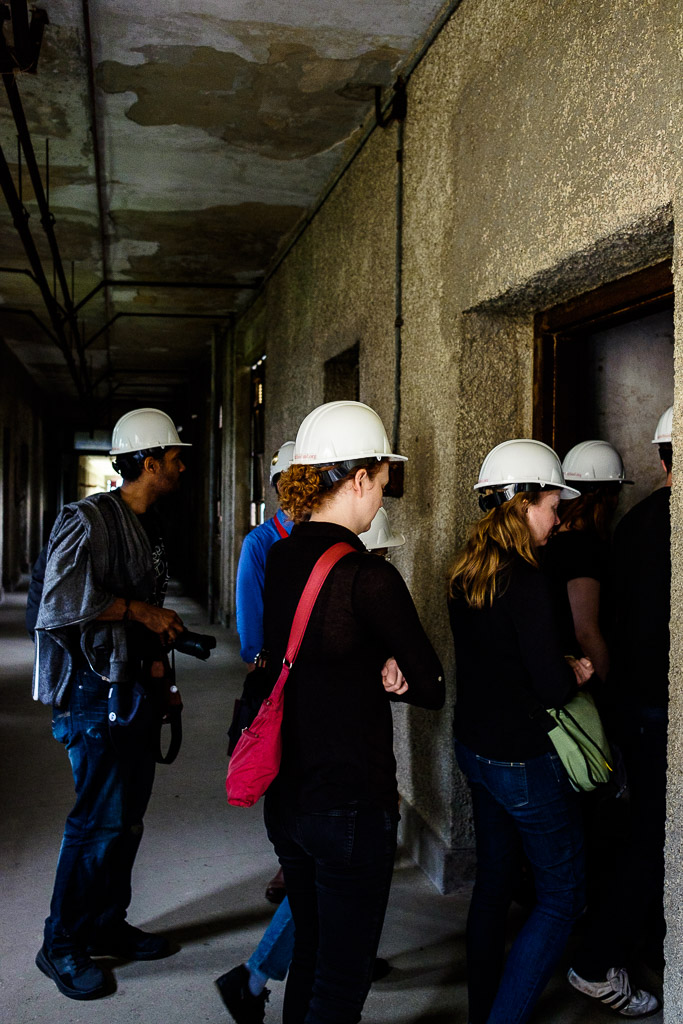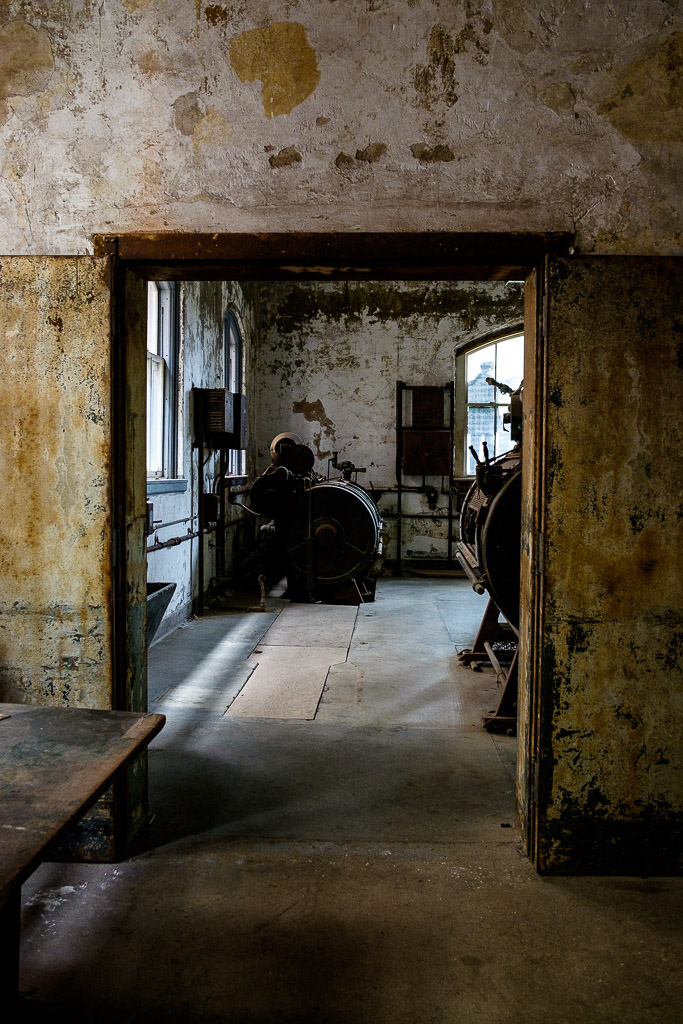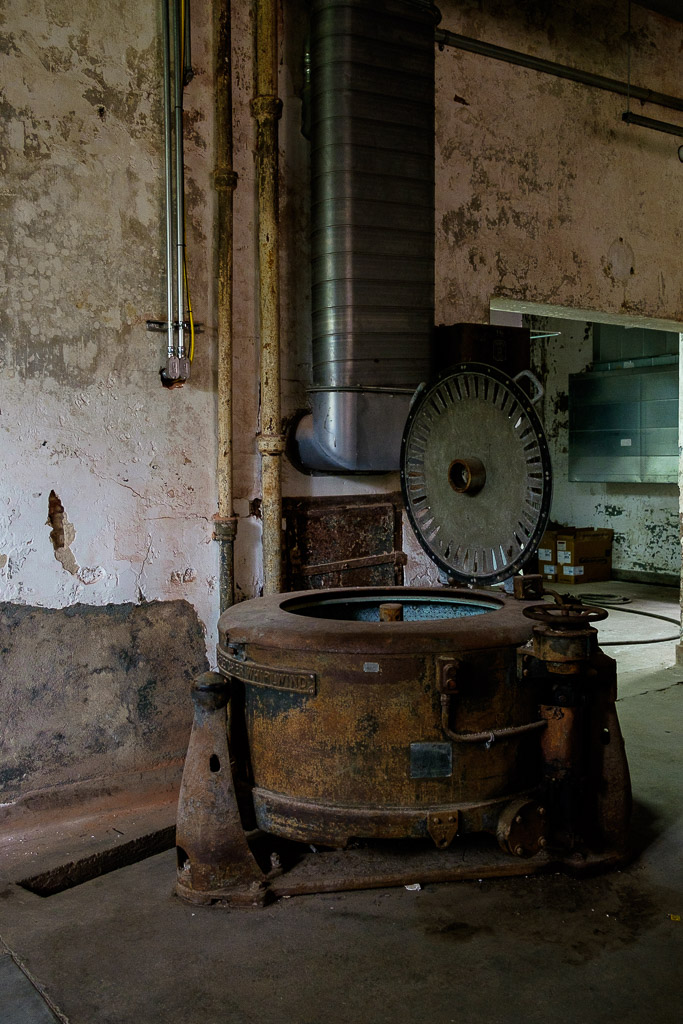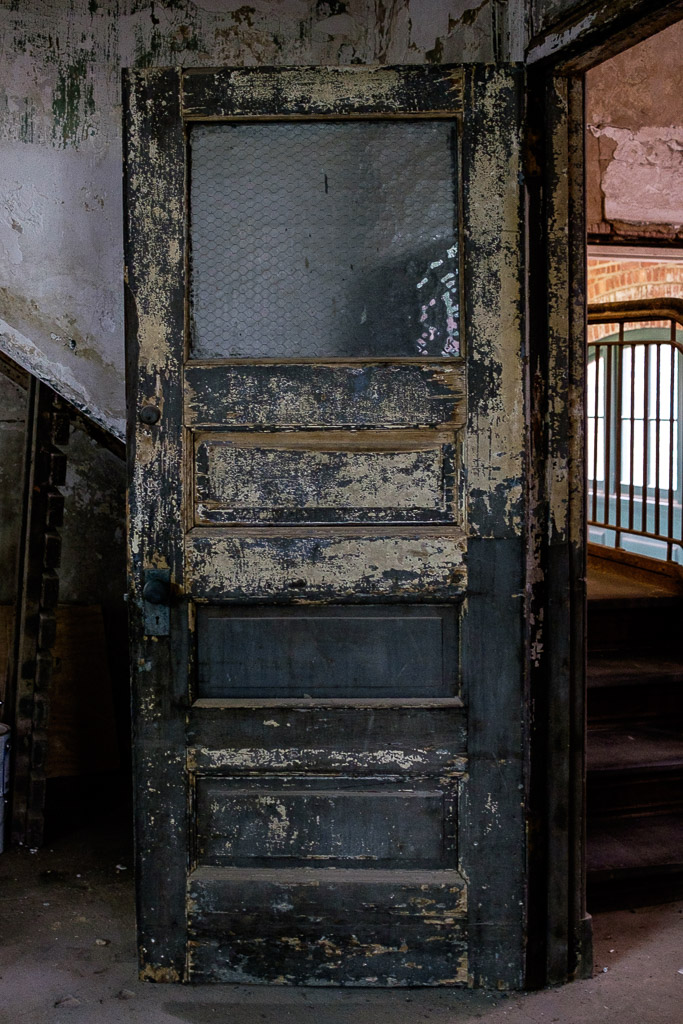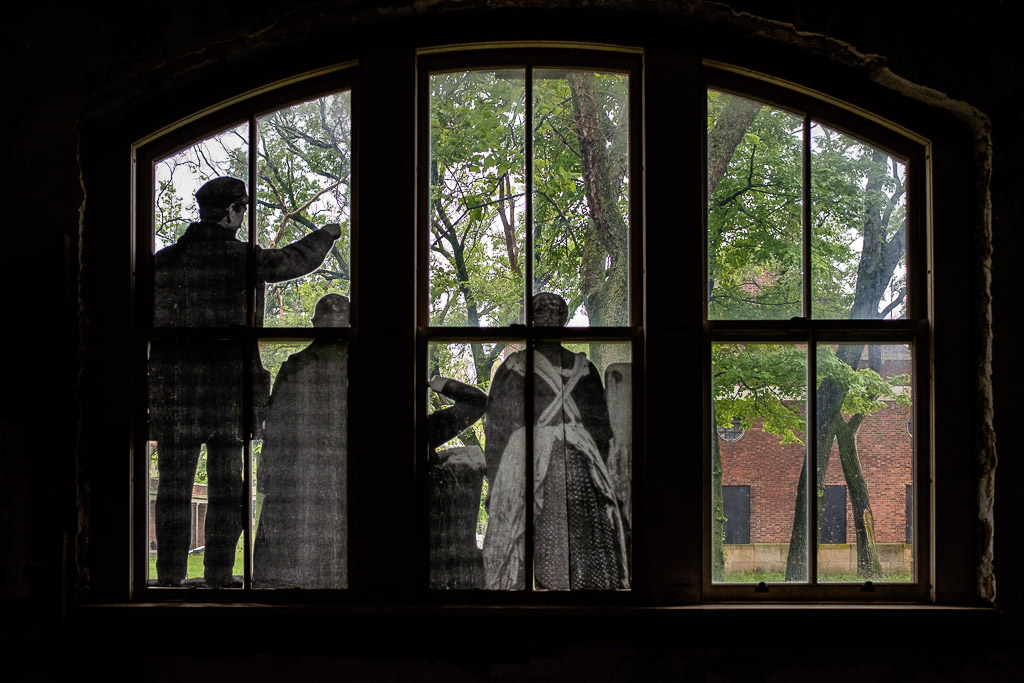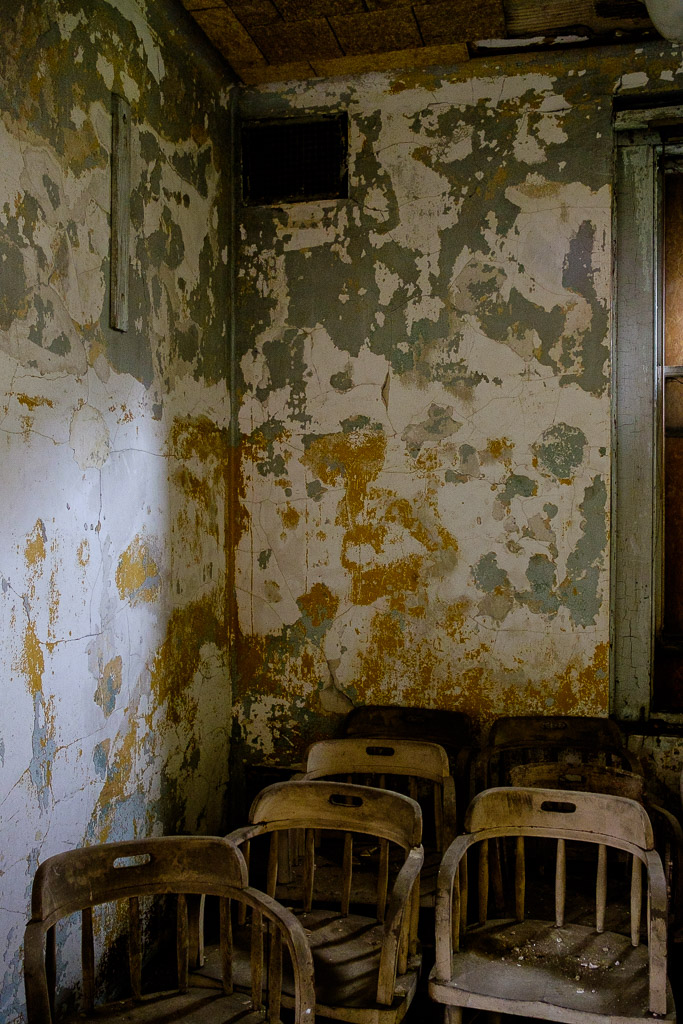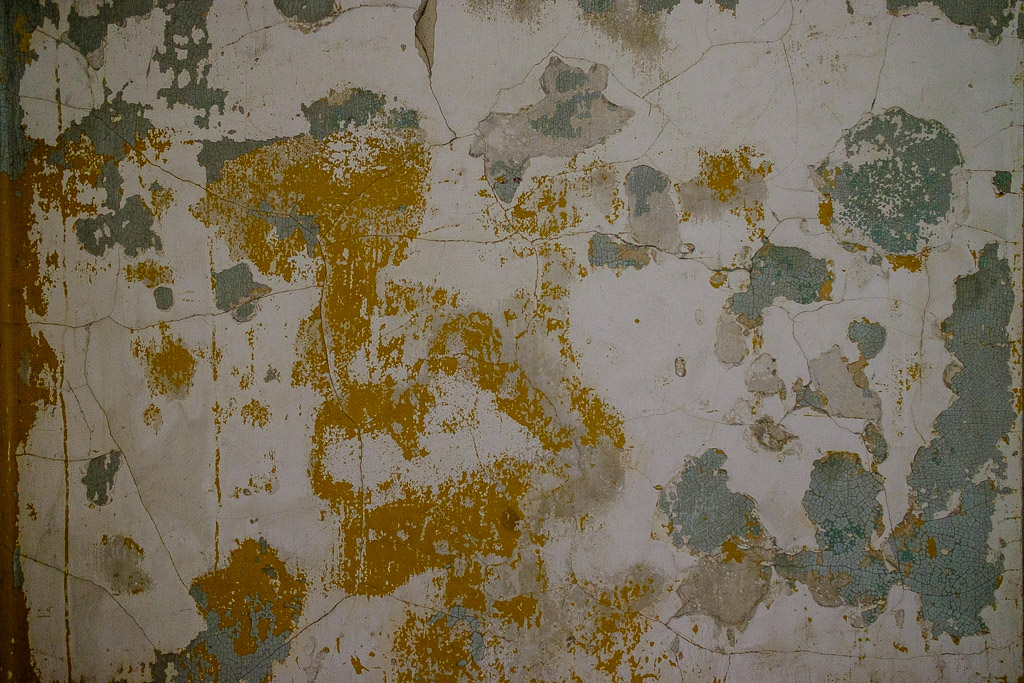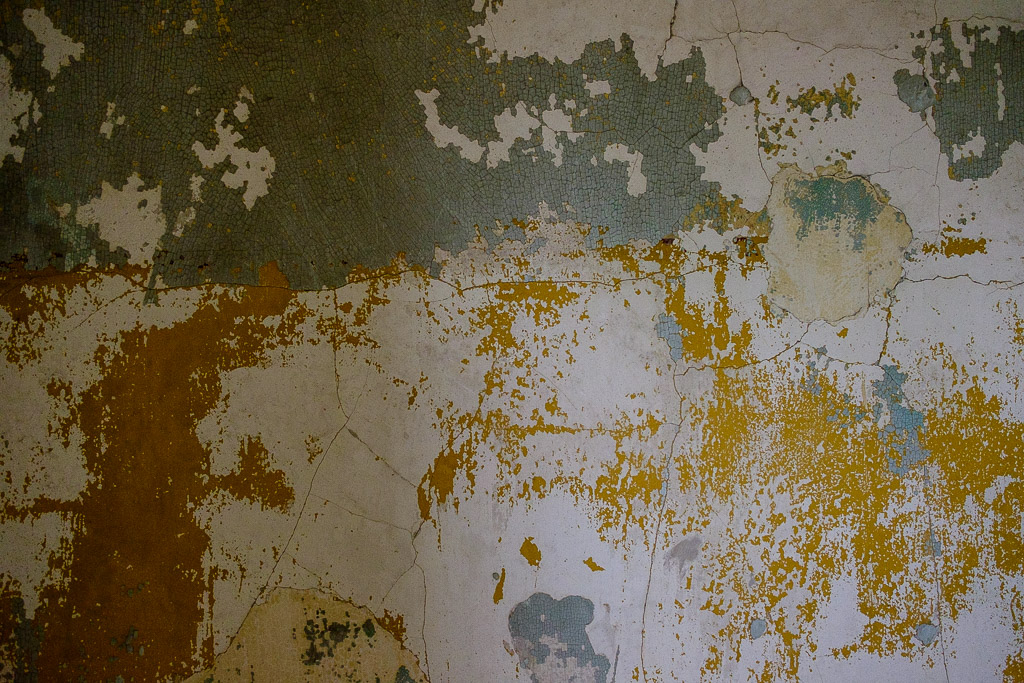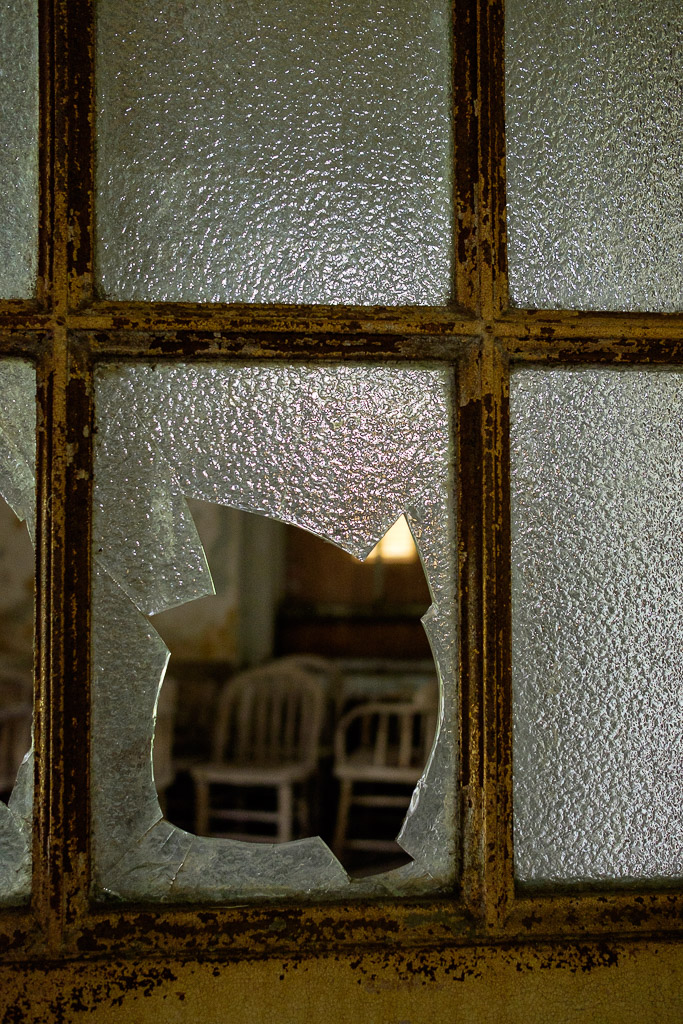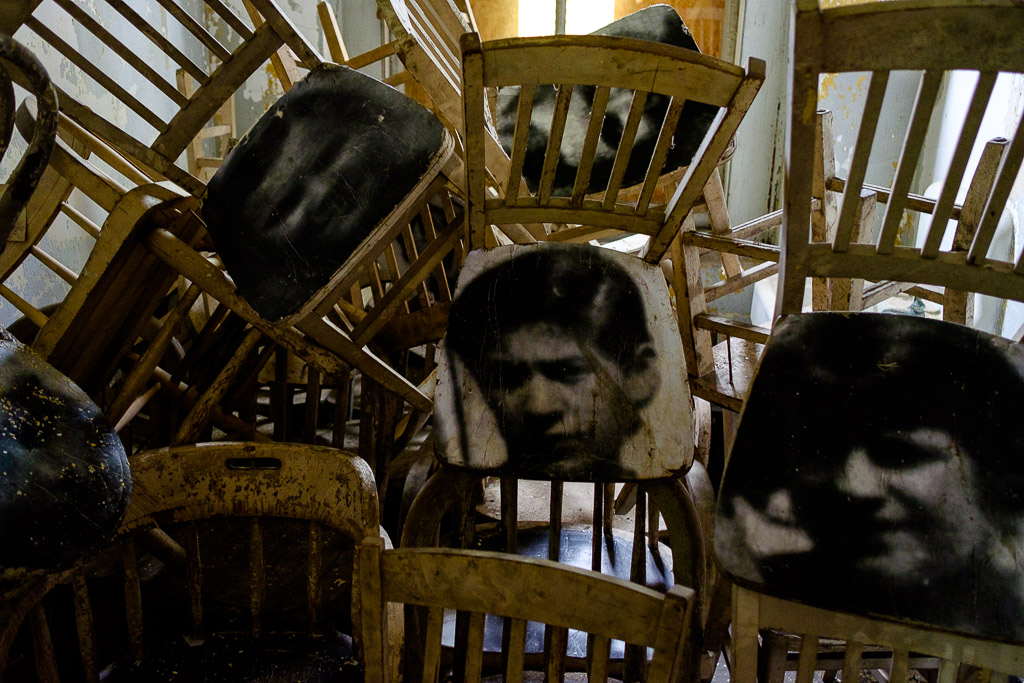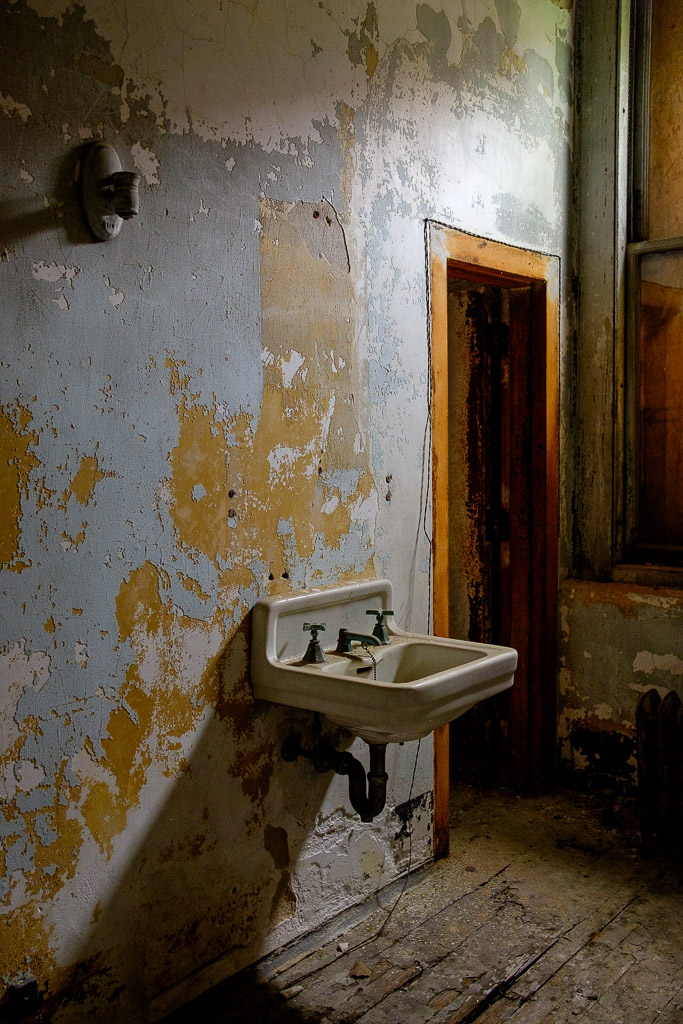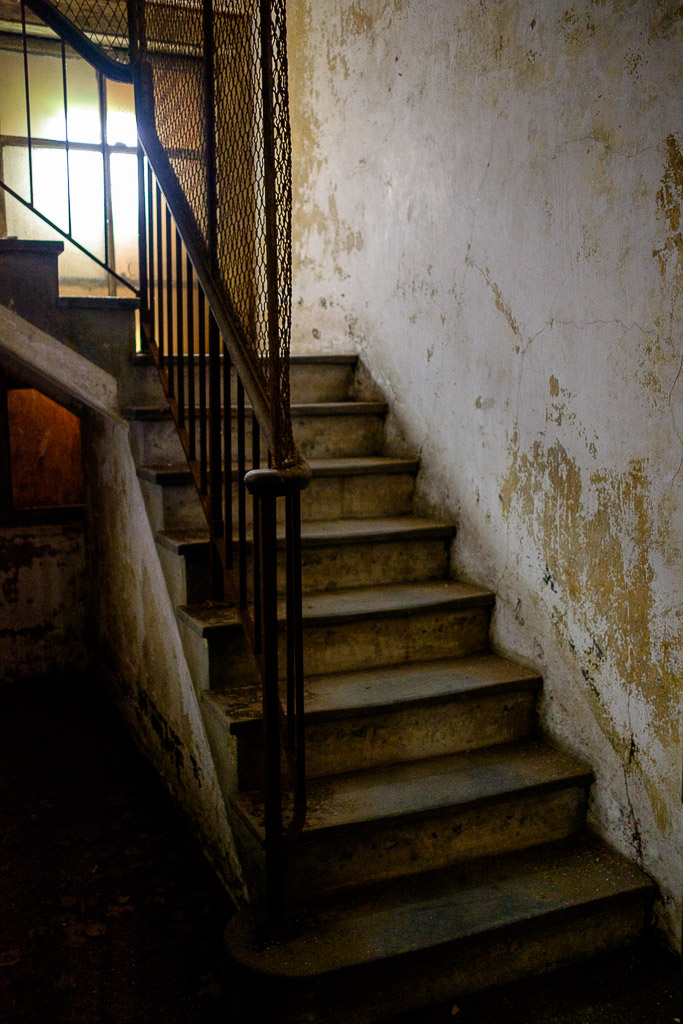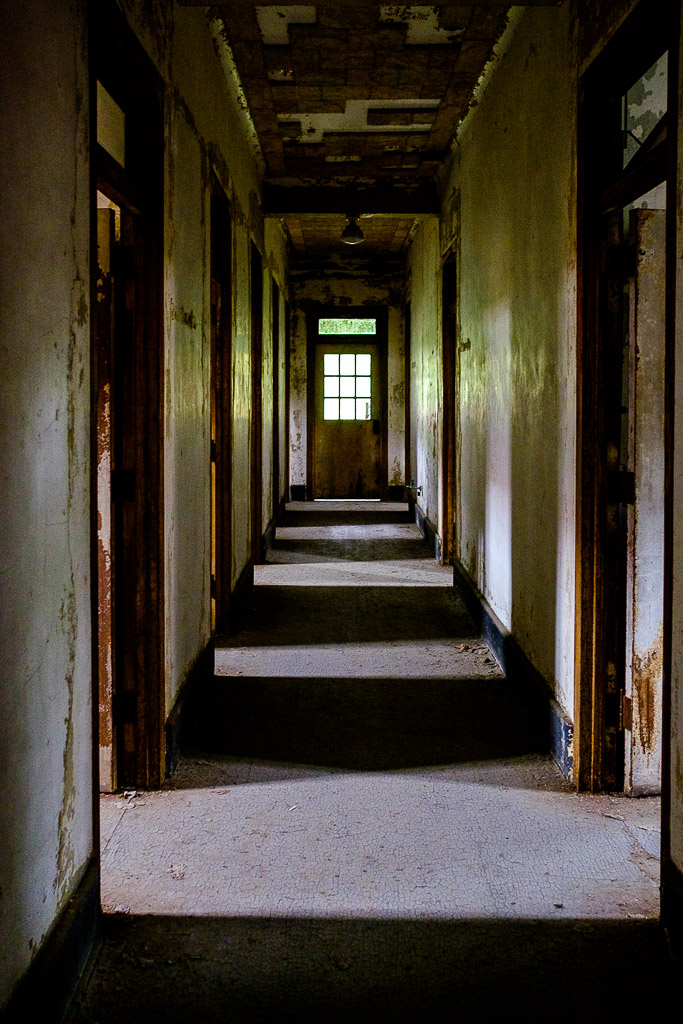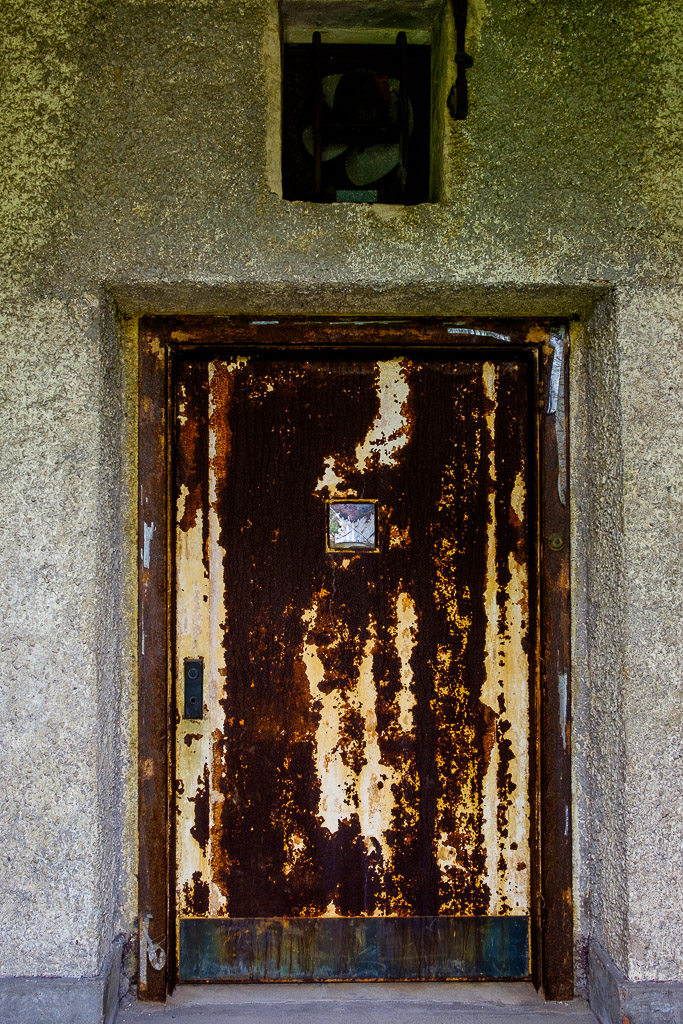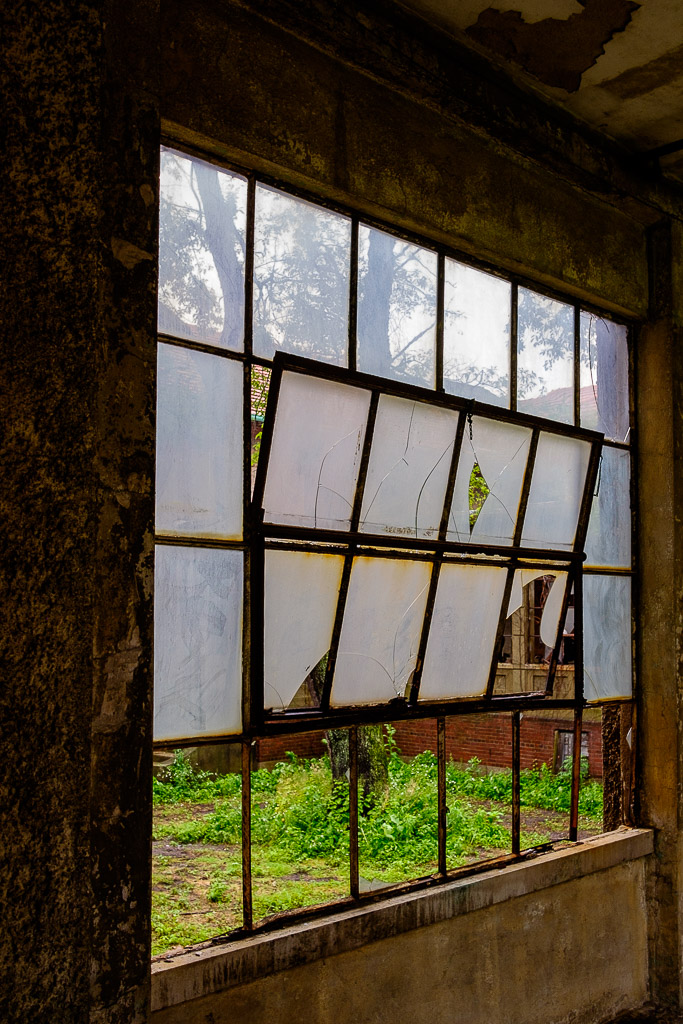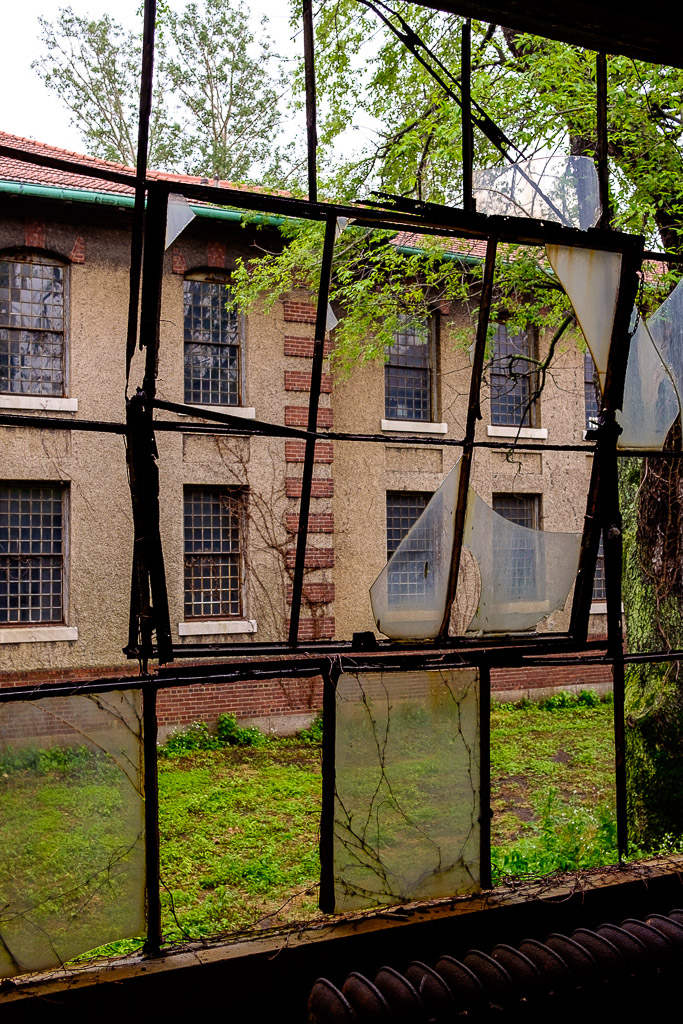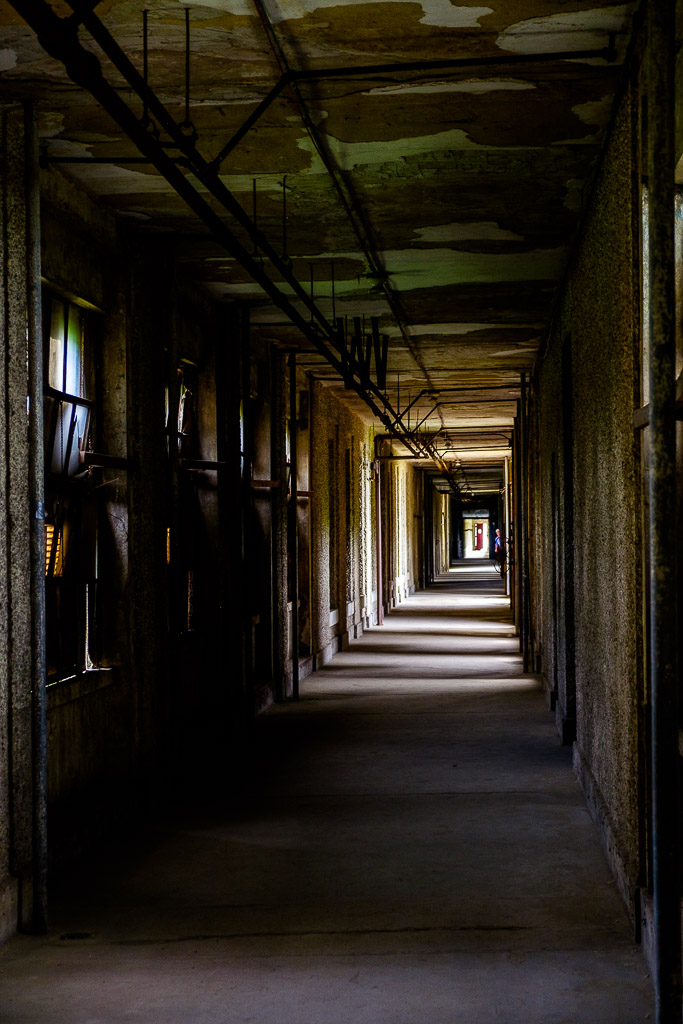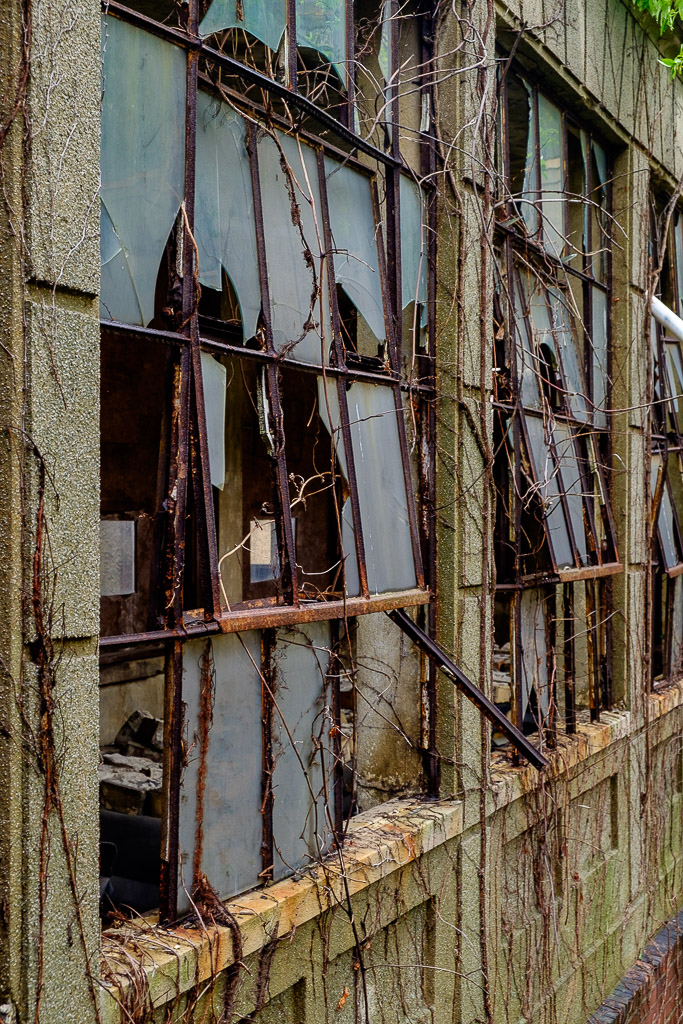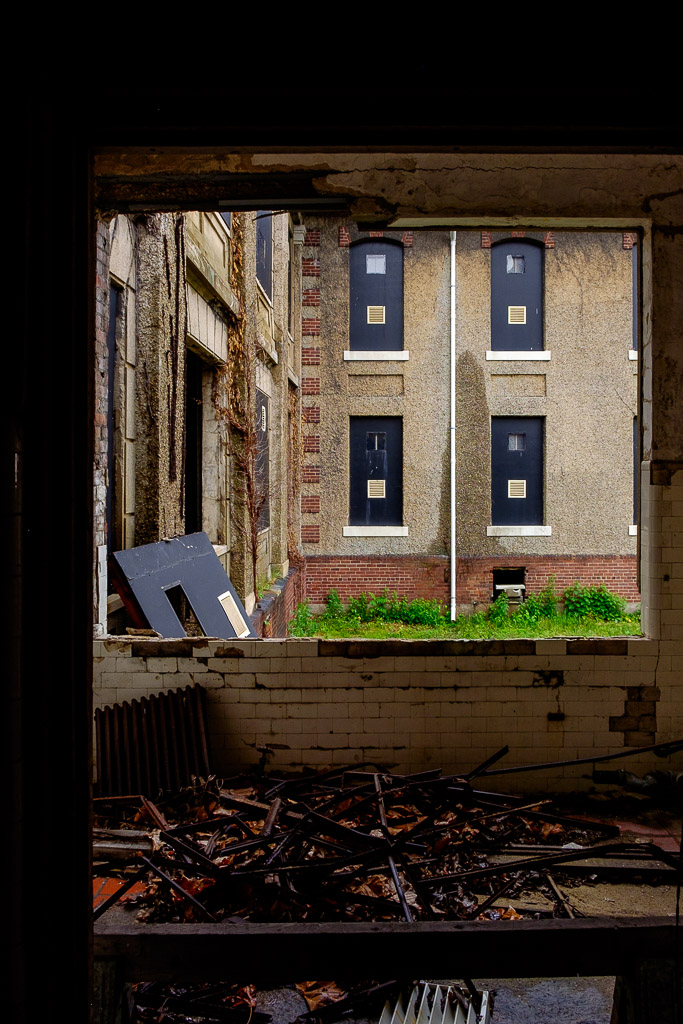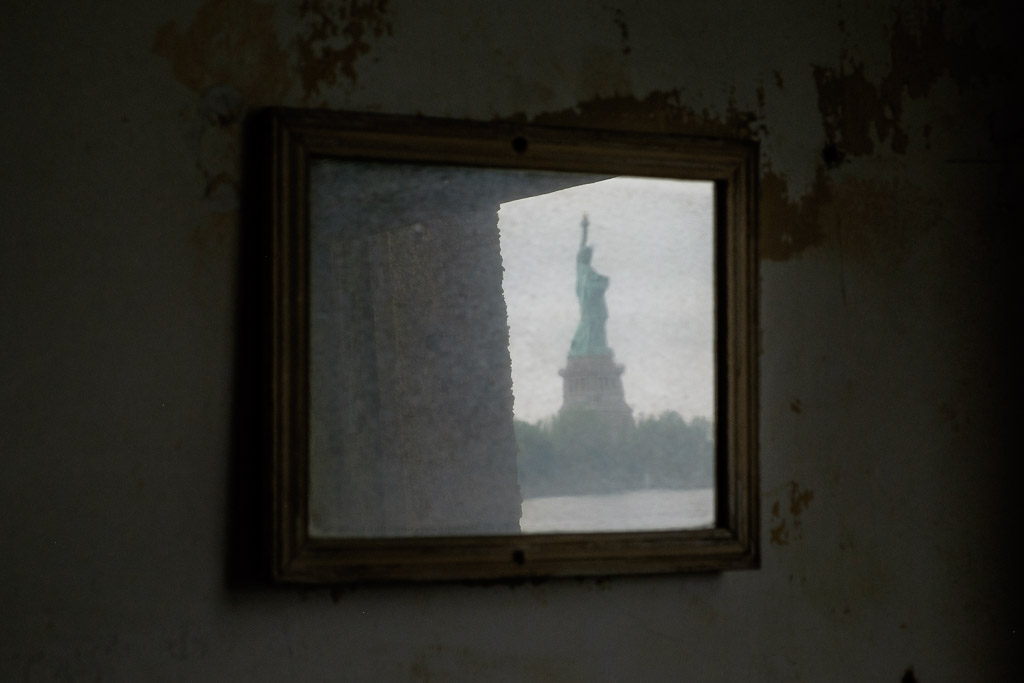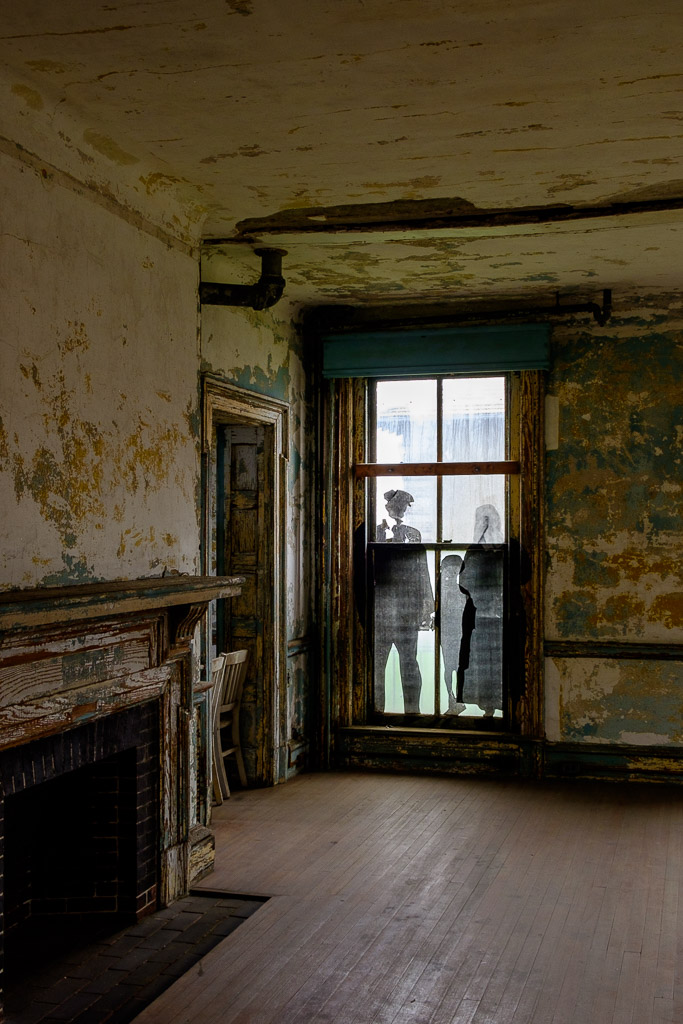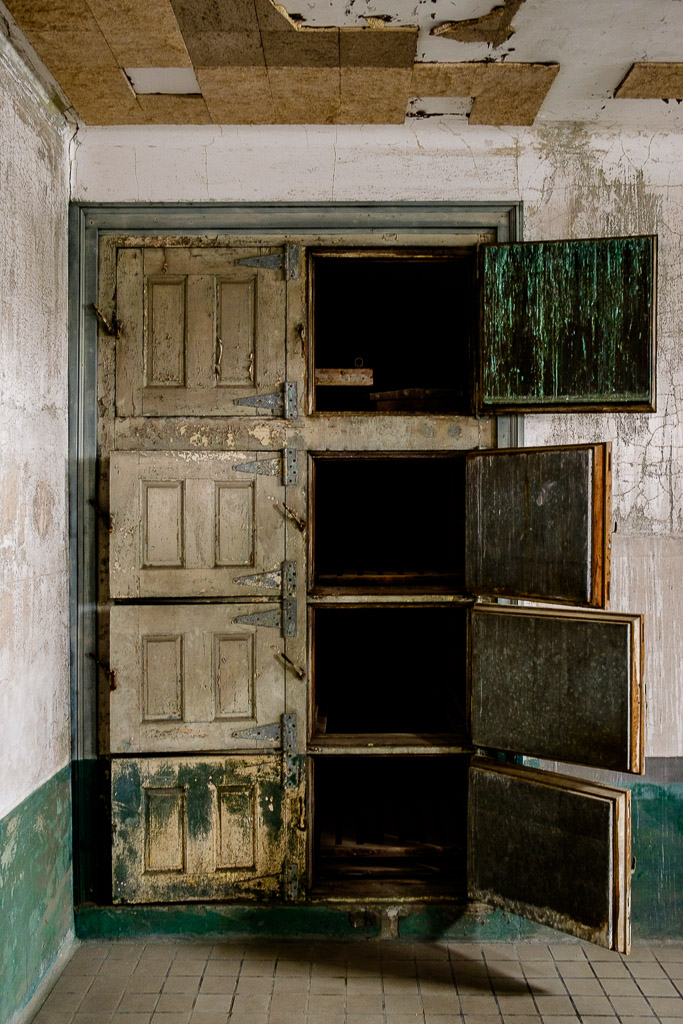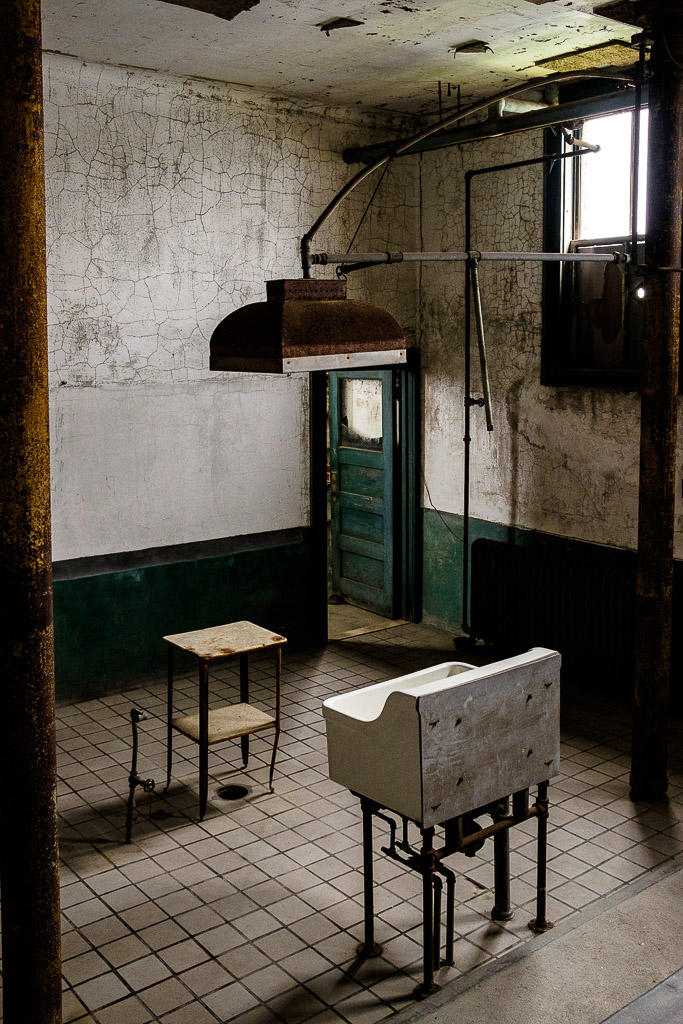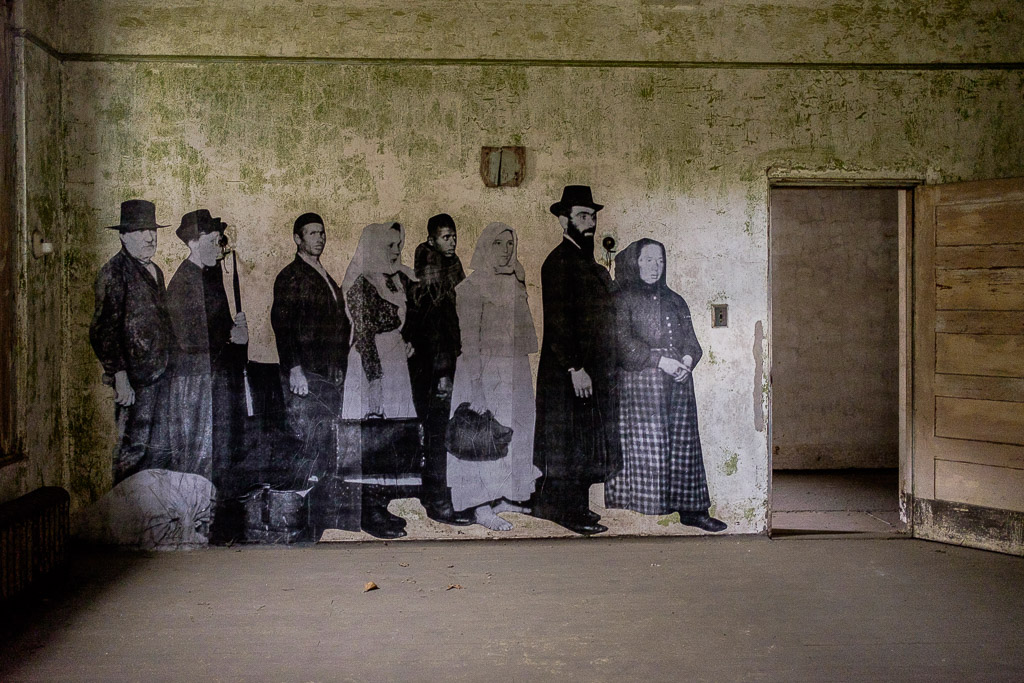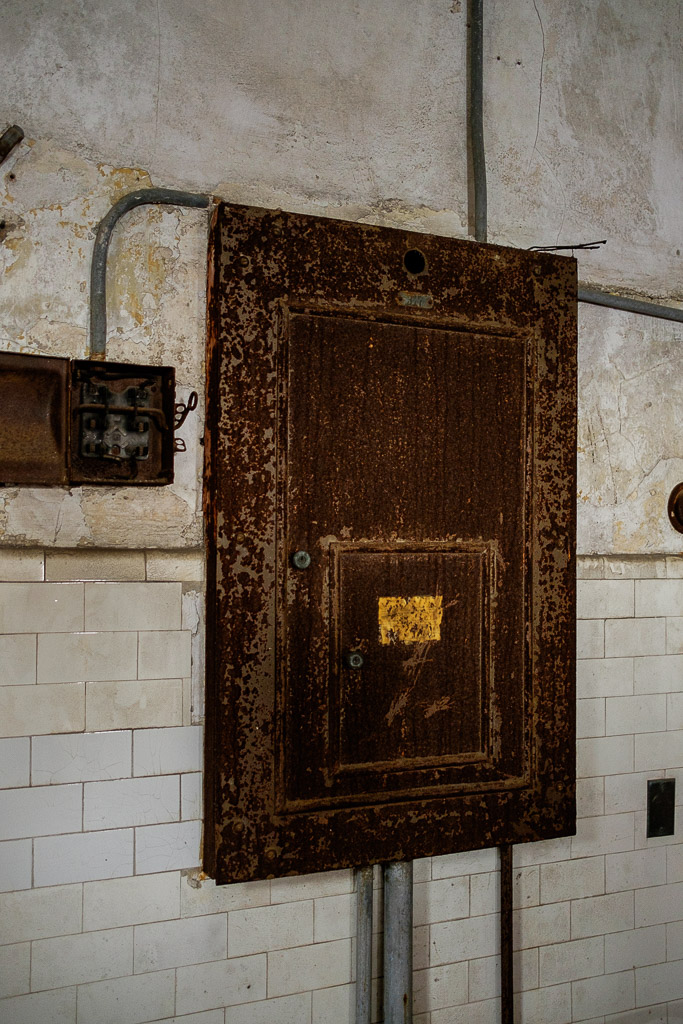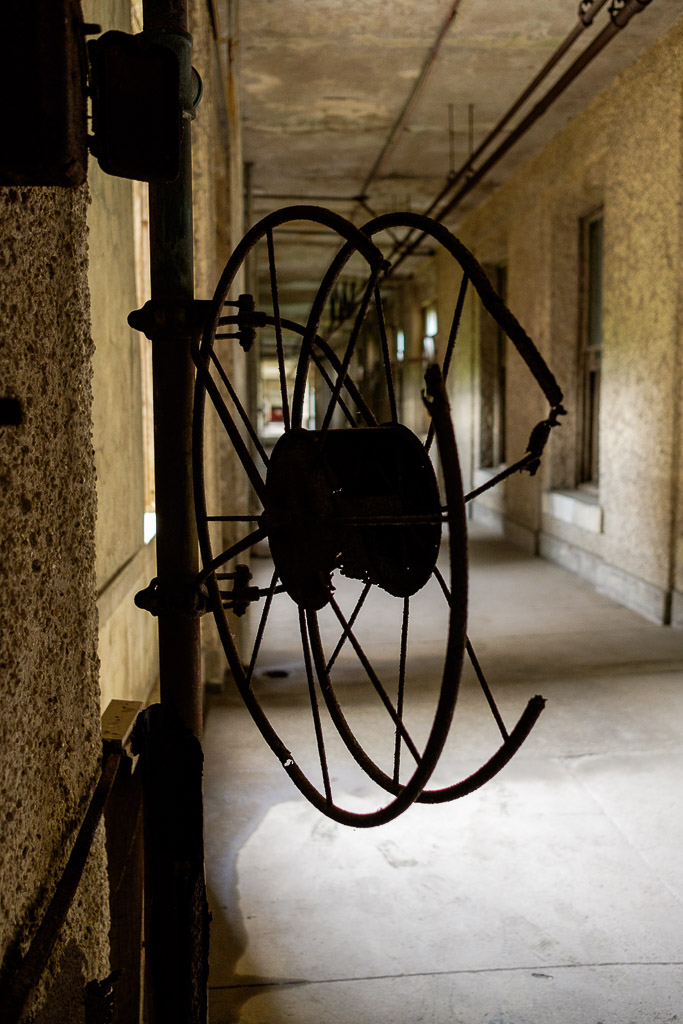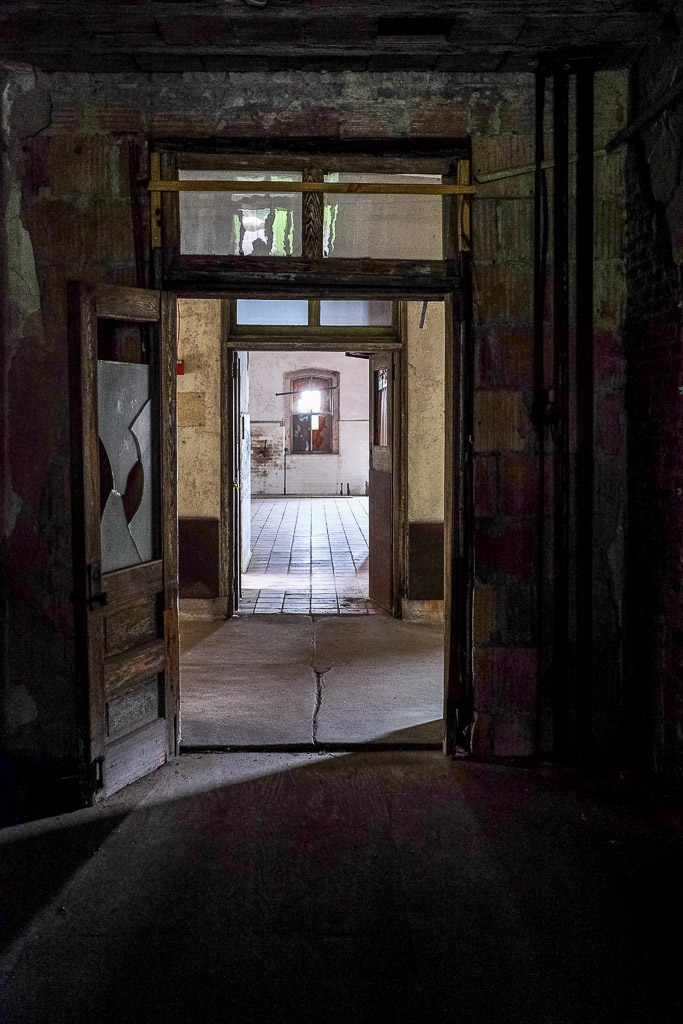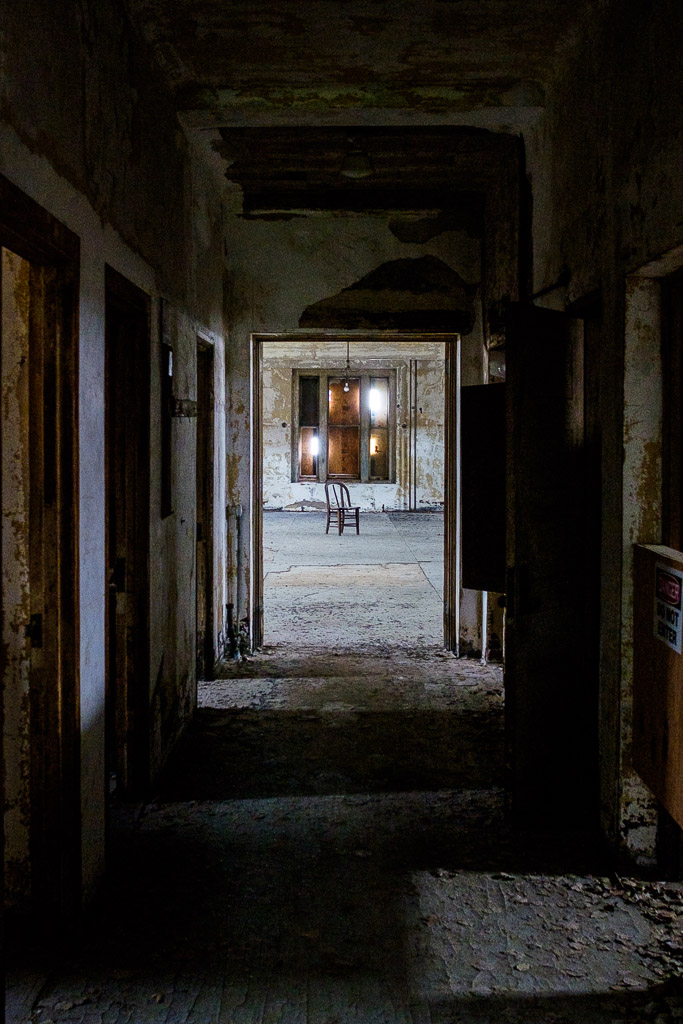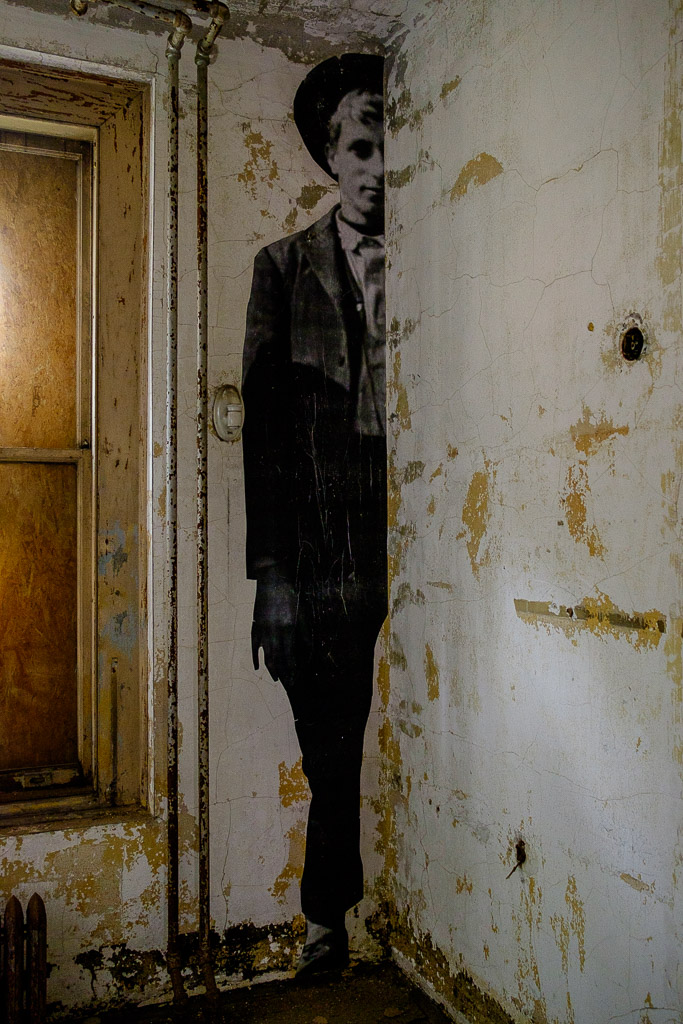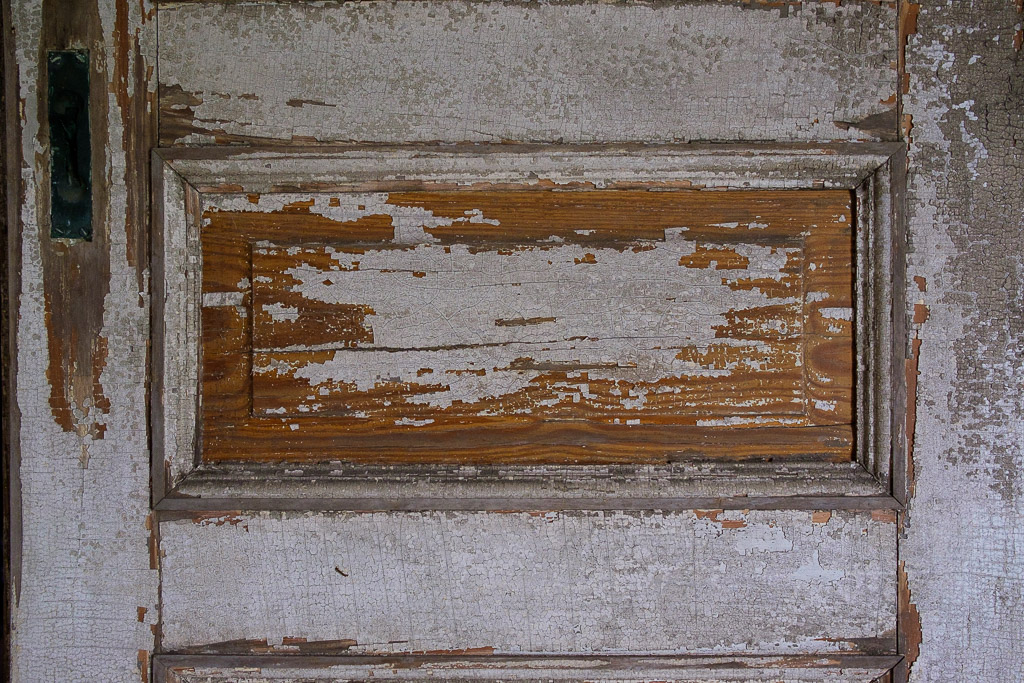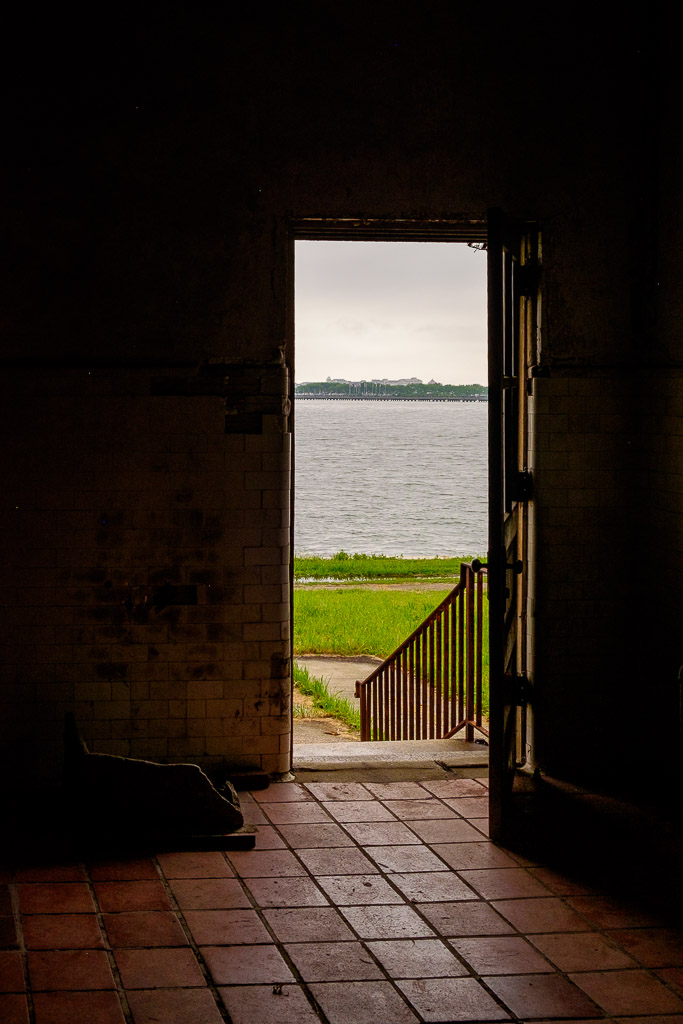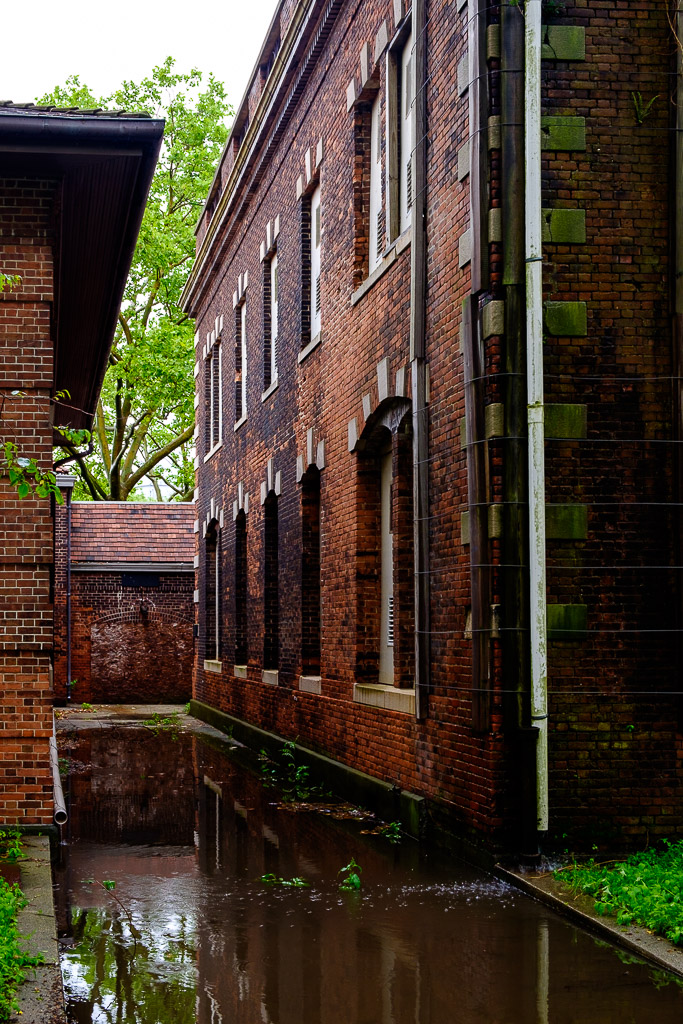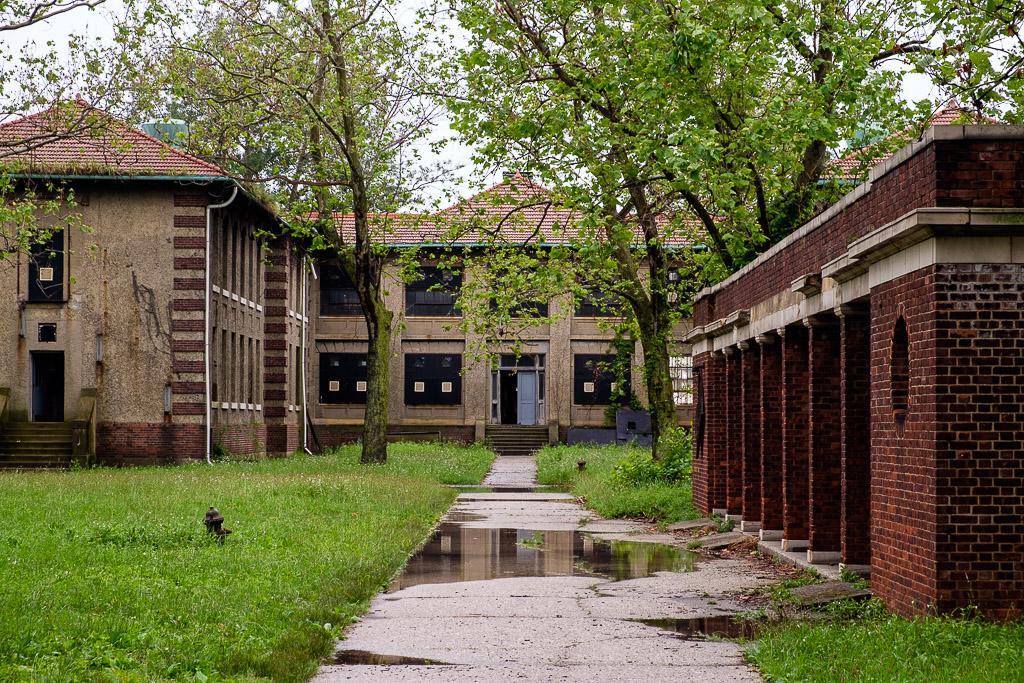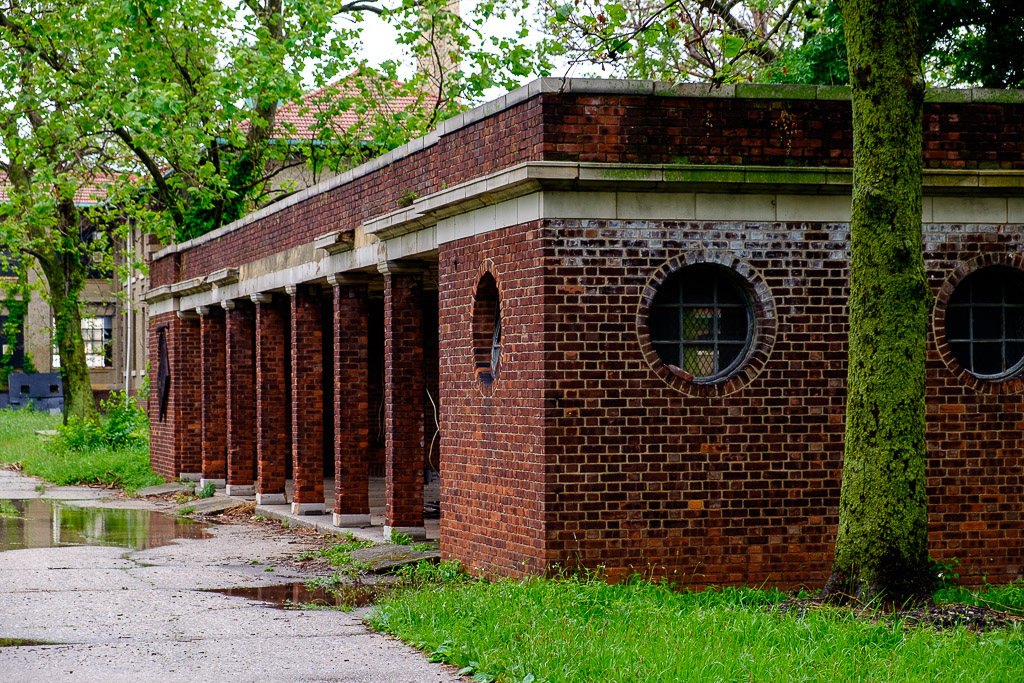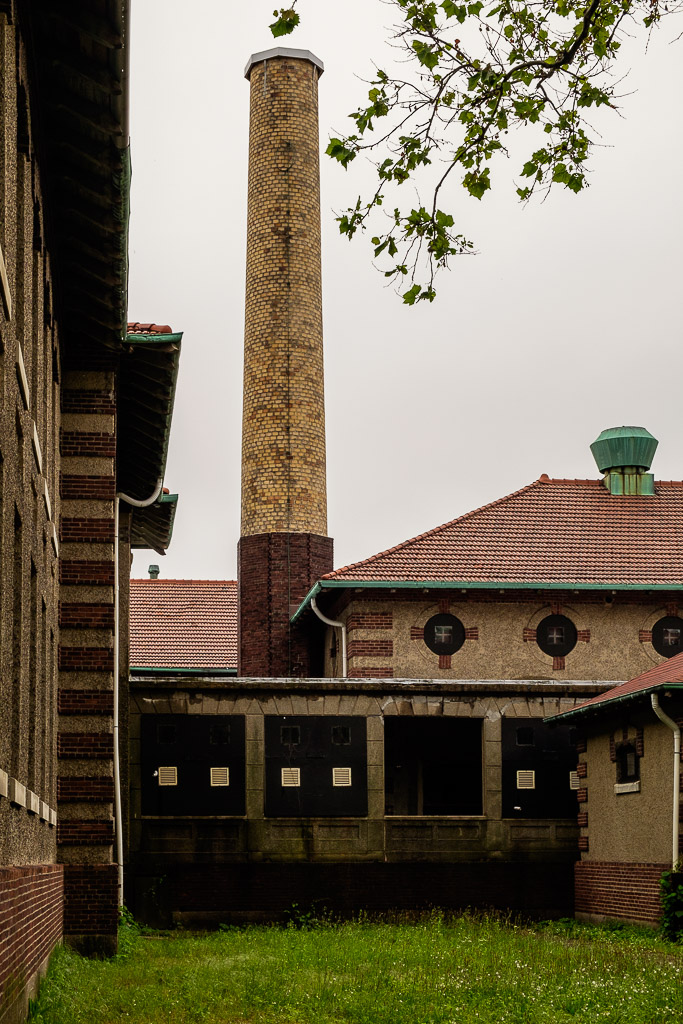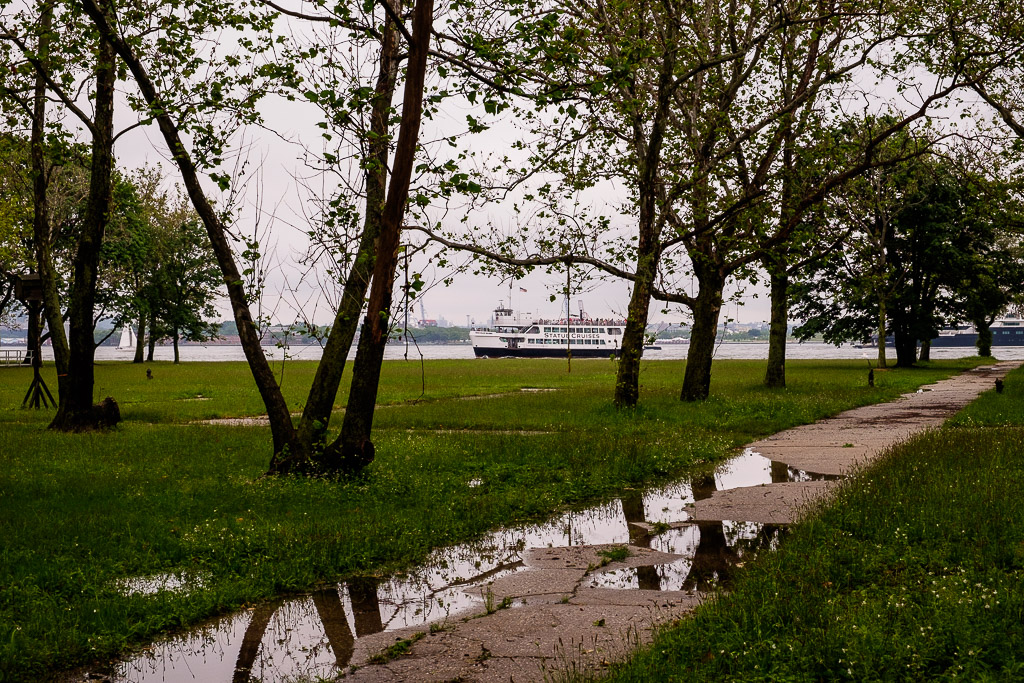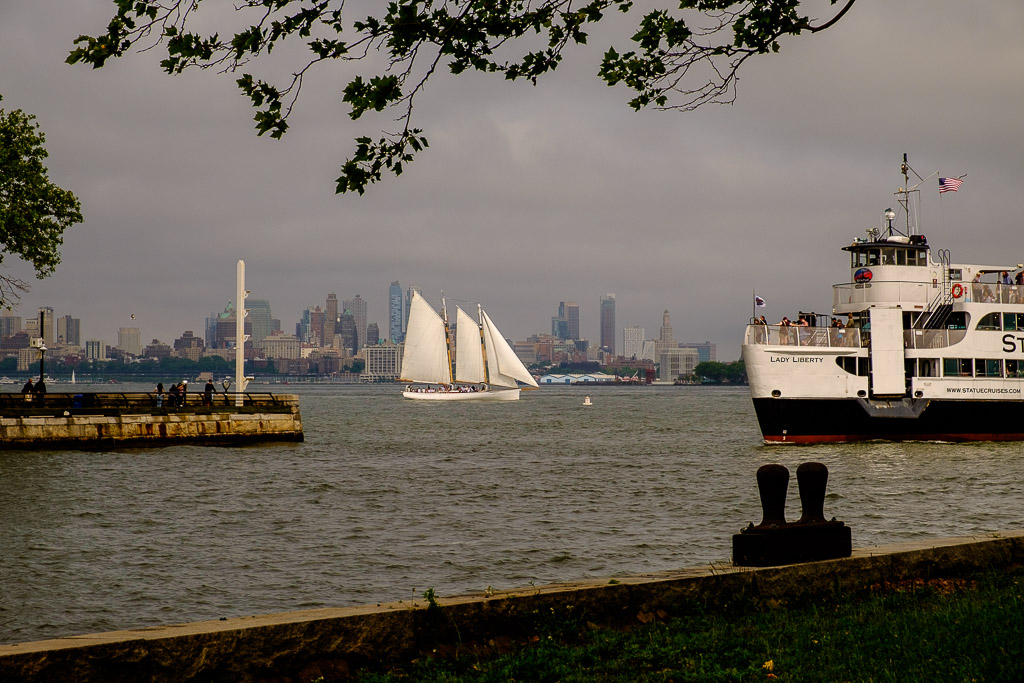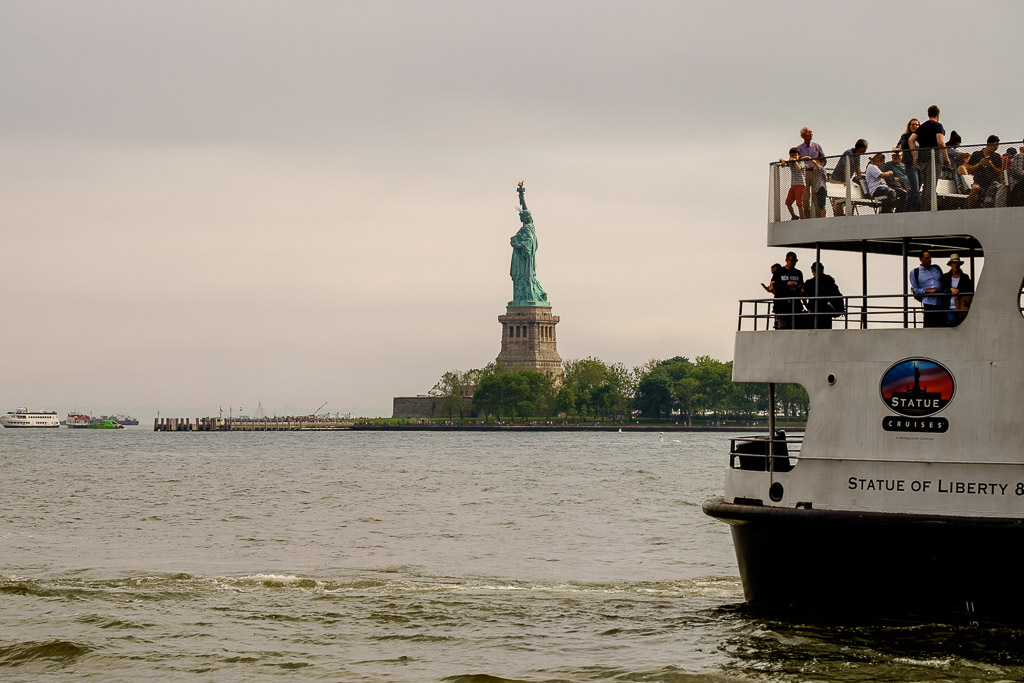 Ellis Island.
Ellis Island.
Yesterday I returned to Ellis Island for the first time in quite a few years. All of the photos in this set were taken either of, or from, Ellis Island.
At the beginning there are some photos in the main building with the Immigration Museum which I took after arriving at Ellis Island on the boat from Battery Park in lower Manhattan.
Then we are going to take a hard hat tour of the portion of the island on the south side closed to the general public.
We will first stop at the art deco ferry building (a 1934 WPA project) and then continue to the hospital complex and contagious disease wards, all empty and abandoned since 1954. It is quite a large site with 29 buildings. (Here is a map of the site.) Only since 2014 (after 60 years) has it been possible to see this part of the island albeit on guided, small group tours through Save Ellis Island. More information is here and here.
How many of you, dear readers, have family members who came through Ellis Island? If ill at arrival, this is where they would have been brought for medical care. Over the years thousands and thousands of immigrants received treatment there. This was once the largest United States Public Health Service hospital in the country. It is said that around 1.2 million people (about 10 % of Ellis Island arrivals) passed through doors of the hospital complex there. Some were sent back; some did not make it; most did and were released to enter the USA.
On a personal note, my paternal grandparents both arrived at Ellis Island emigrating from what is now present day Poland on Imperial Russian passports. My grandfather arrived on the famed SS Mauretania (Cunard Line) from Liverpool in 1910; my grandmother arrived a year later on a Red Star Line ship, the SS Lapland, from Antwerp in 1911.
My German mother emigrated to the US in 1951. She was living in Sweden for several years after the war and sailed from Scandinavia (from Oslo), on the Stavangerfjord, a Norwegian America Line ship. Until very recently I had thought she arrived at Ellis Island as well; however, in a letter my sister unearthed and shared with me just this month, it seems that she disembarked at one of the west side Manhattan passenger terminals. She wrote of passing the Statue of Liberty on her way there. Here they are: the Mauretania, the Lapland and the Stavangerfjord. A different way of traveling.

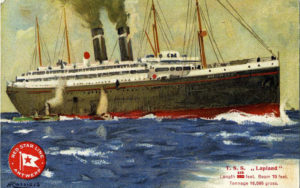
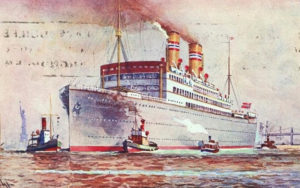 Back to the tour. Some of the buildings are already being restored. After we stopped at the ferry building we passed through an area under active restoration – see the shot with the building materials, lockers and supplies. Then we were given our hardhats and passed through to the buildings either in arrested decay or still remaining in a state of advanced decay. A lot has been done already to stabilize the site, but as you will see much remains to be done, too.
Back to the tour. Some of the buildings are already being restored. After we stopped at the ferry building we passed through an area under active restoration – see the shot with the building materials, lockers and supplies. Then we were given our hardhats and passed through to the buildings either in arrested decay or still remaining in a state of advanced decay. A lot has been done already to stabilize the site, but as you will see much remains to be done, too.
Join me as we walk through the grounds, the hospital and infectious disease wards (including the TB ward), the laundry, the medical offices and other staff rooms (including the staff housing for those residing on the island) and even the morgue and autopsy theater. Let’s just say it was a very different day. Historic, eerie at times and utterly captivating. I was able to see this long closed part of the island at an important inflection point.
One of the things that made the tour special was an ongoing art exhibit, “Unframed –Ellis Island,” by the French artist JR. You will see his work in a number of these photos. Read more about the 2014 installation here and here. Some of it is already fading away but much of the interior portion of the installation is still intact after three years.
As we arrived from Battery Park (after dropping a bunch of people at Liberty Island) the skies opened. One of those really wet East Coast summer storms. Miraculously, by the time the tour started and we got to the grounds on the south side the rain stopped. That’s when I got the shots of the ferries arriving and of the historic ferry building and main building. At times the light was spectacular with those vivid colors one gets in the bright overcast as the sun struggles to get through. You will see how wet the grounds are – what a downpour!
I can’t speak as glowingly about the light inside. The best I can say about the interior light is “meh”. A real mixed bag. The shadows in the corridors were dramatic, as you can see. Many of the rooms we visited were dimly lit, however, and a lot of these were taken at very high ISOs (no tripods allowed). It was a challenge.
My (hard) hat is off to the volunteer who took us around. Weekdays he is a banker with Chase. What a generous thing to do with his scarce weekend time. His interest in, and knowledge and excitement about, Ellis Island, its storied history and the restoration project were one of things that helped make this such an enjoyable visit. I did not get a photo but should have done so.
Highly recommended. Pre-booking is strongly suggested as these do sell out, as I understand it.

